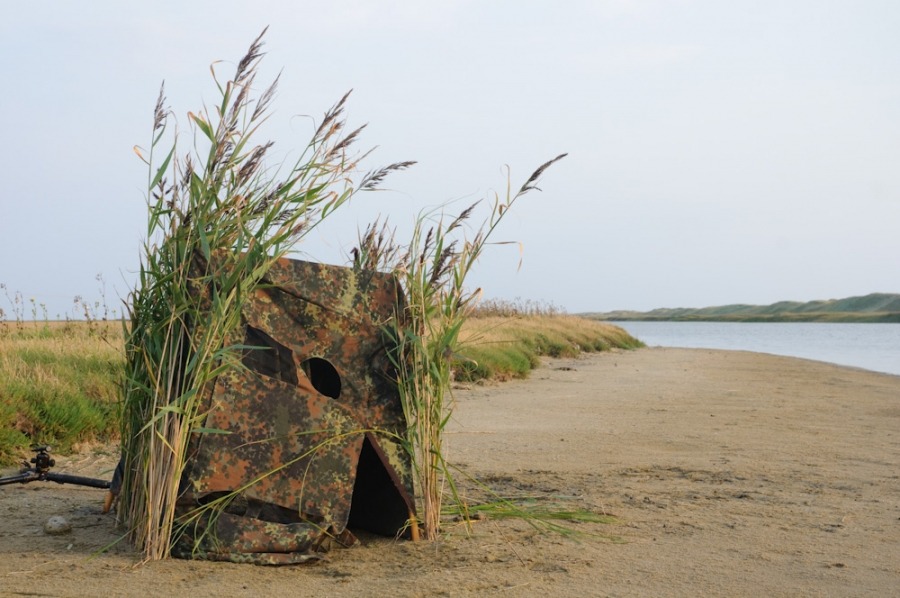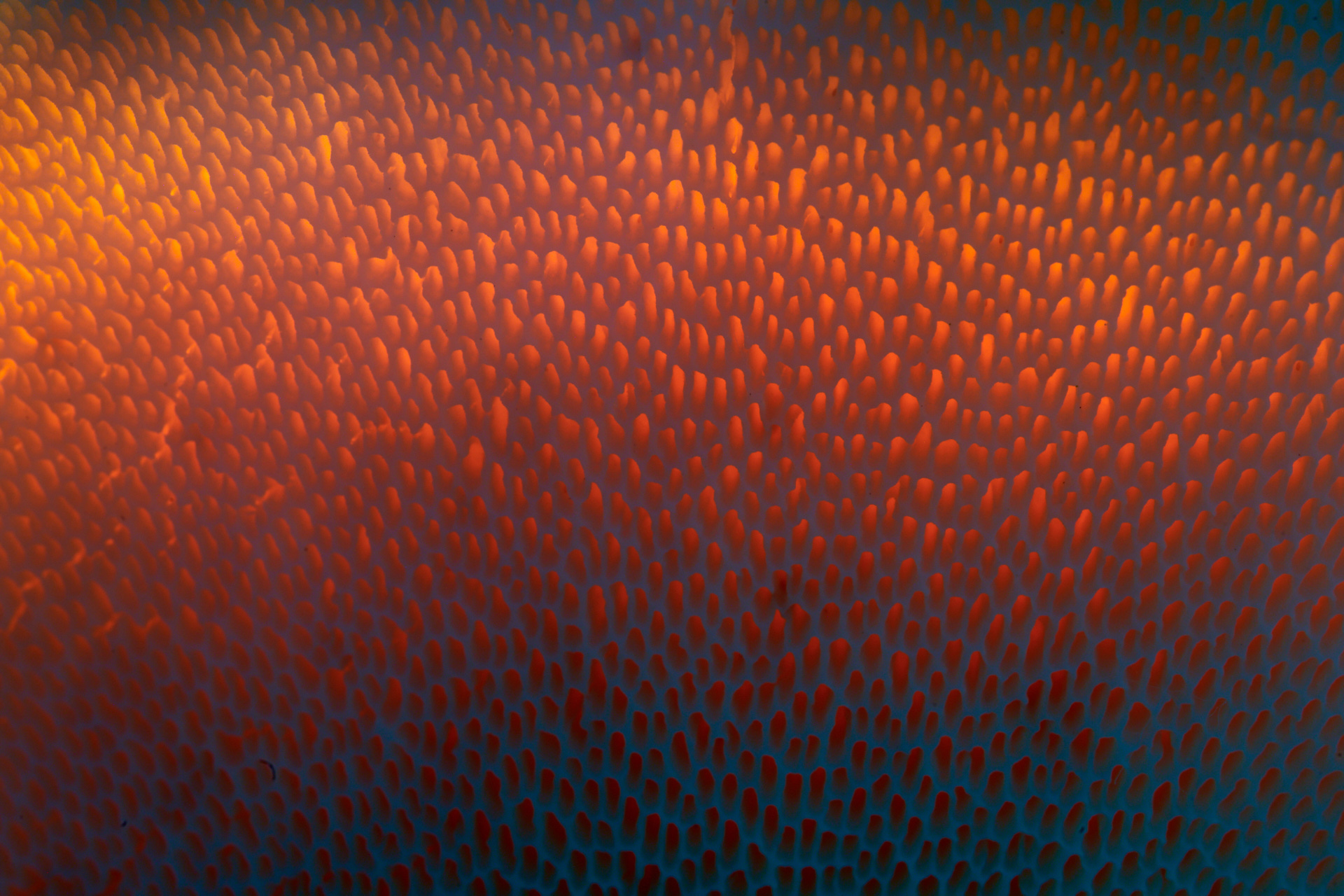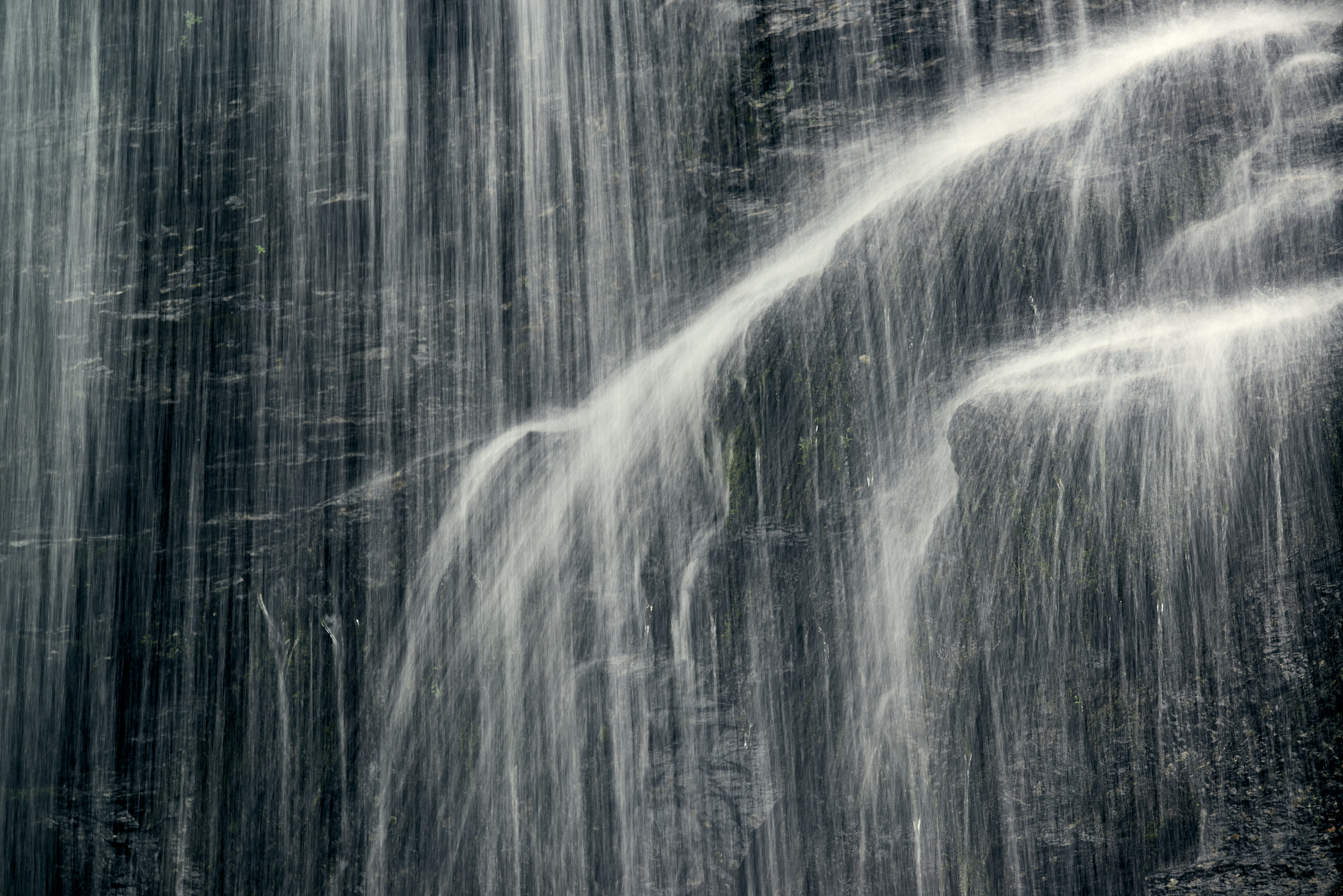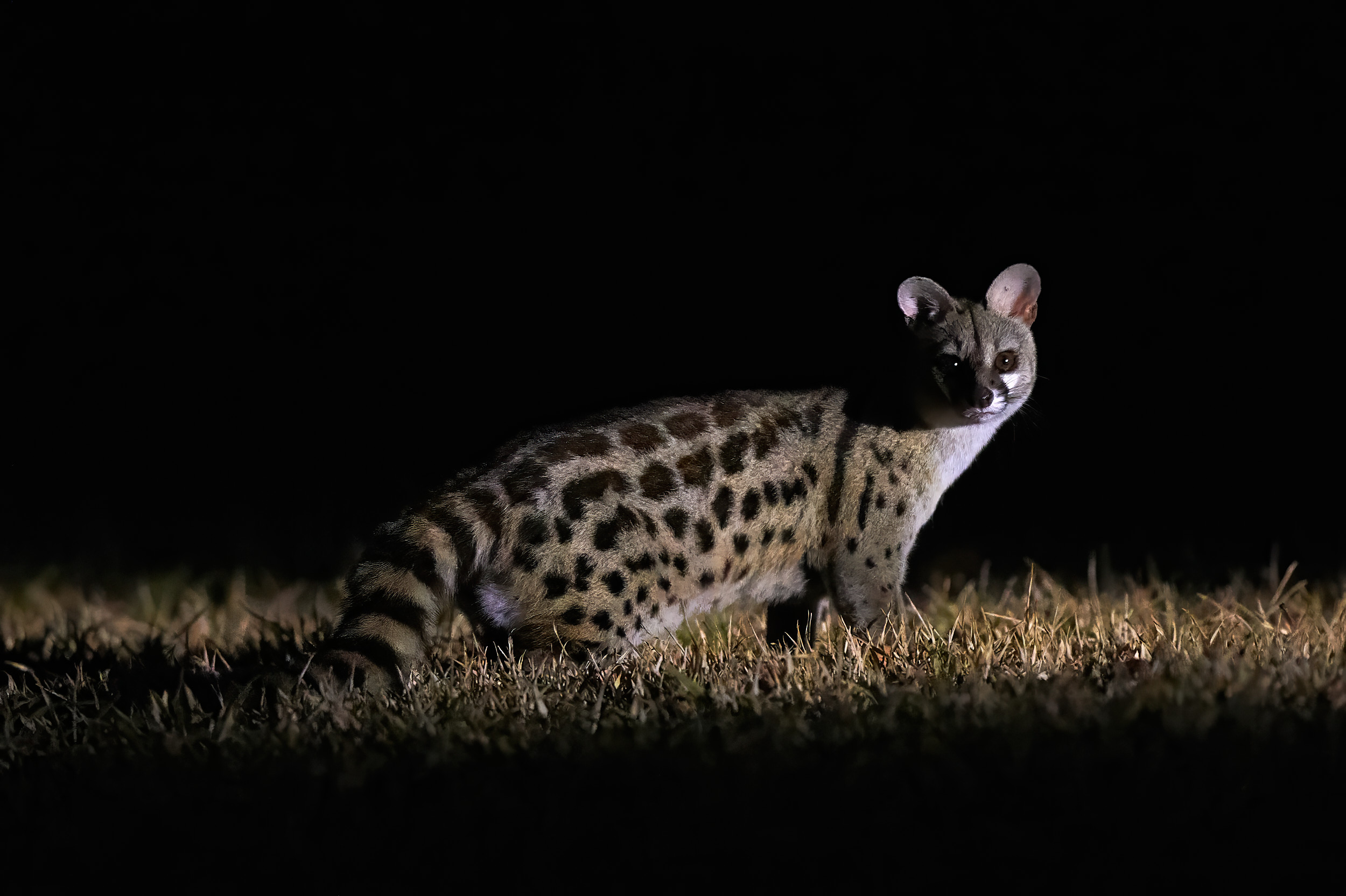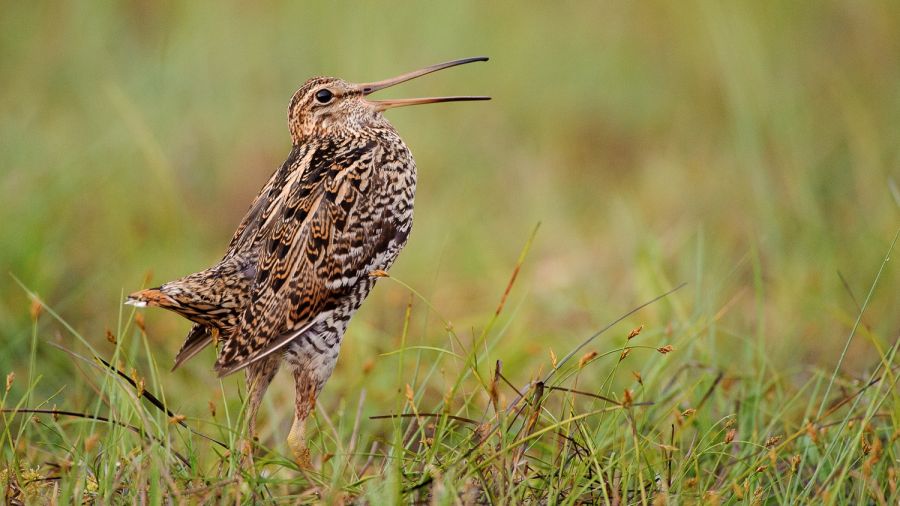The magic of wildlife photography unfolds above all when you observe the animals in their natural behavior – undisturbed, uninfluenced and genuine. A camouflage tent can become the most important tool if you as a photographer don’t want to be part of the landscape yourself. Why is that the case? Animals sense our presence long before we notice them. The right camouflage ensures that you are not recognized as a disturbing factor.

Join me on my photo tours and immerse yourself in the world of wild landscapes and unique encounters. Together we will hone your photographic skills – practical, creative and full of inspiration. Secure your place now and rediscover the magic of light and nature.
Why camouflage tents are indispensable
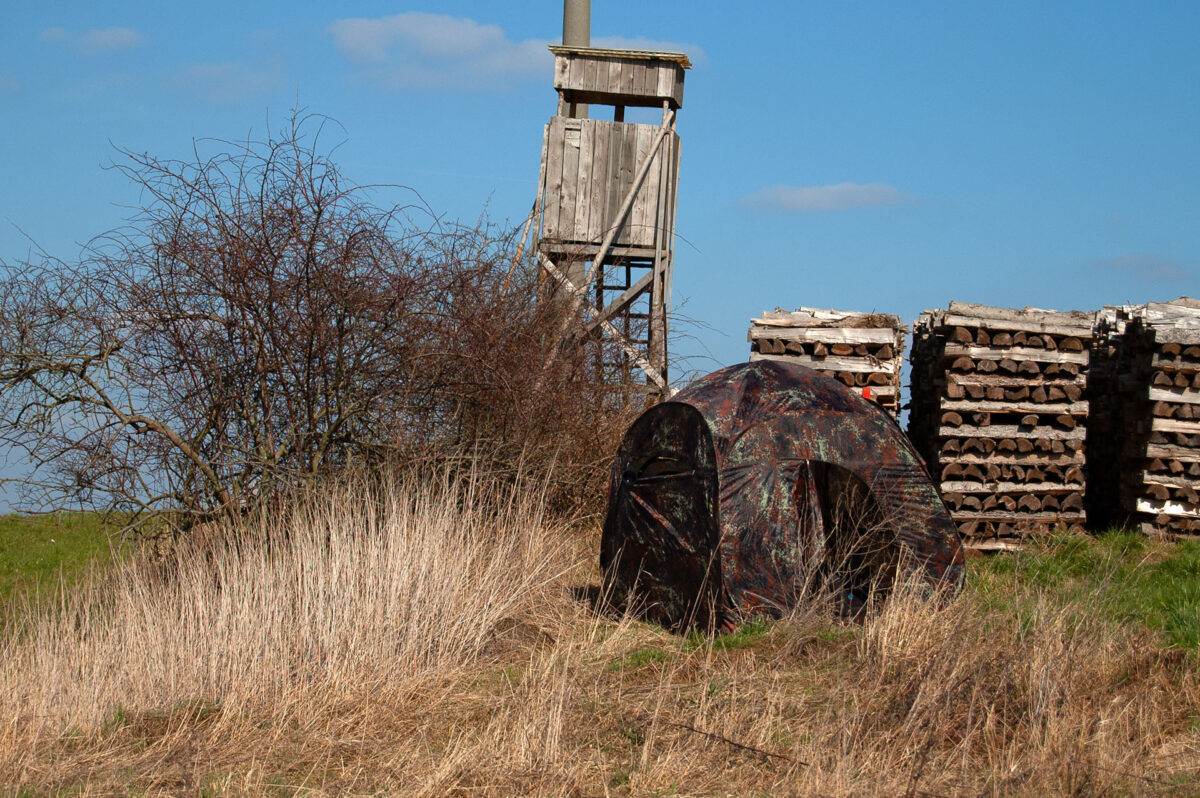
In our cultural landscape, where most animals are constantly on their guard against humans anyway, you can hardly get really intimate shots without suitable camouflage. A camouflage tent is not only a visual barrier between you and your subject, it also provides a protected space in which you can move around freely and operate your equipment in peace and quiet.even with less shy birds such as tits or finches, the use of a camouflage tent is worthwhile. As soon as the animals have the feeling that they are alone, they return to their normal rhythm: they eat, sing, bathe or fight with each other – all of which makes it possible to take authentic photos that would be difficult to get without camouflage.
The right location: Observation is everything
An often underestimated factor is the location of the camouflage tent. Simply setting it up somewhere in the hope that animals will happen to pass by rarely works. First observe from a distance: Where do the animals regularly hang out? Do they have certain favorite spots, such as branches they often land on or trails they use?
A practical example: If you want to photograph a kingfisher by a river, you should observe where it regularly catches fish or settles before setting up camp. Place your tent in such a spot and give it a few days if necessary so that the animals accept it as a harmless part of the landscape.
Patience is more important than technology
Wildlife photography is not a sprint, but a marathon. This is especially true when working with camouflage tents. You can have the best equipment and the ideal location – without patience it won’t do you much good. It often takes hours, sometimes days, for the desired animal to appear and offer you the perfect opportunity. But that’s what makes this type of photography so appealing: the slow merging with the surroundings and patiently waiting for the magical moment.
Many beginners expect quick results and give up if nothing has happened after an hour. But those who embrace the experience and see waiting as part of the experience will not only take better photos, but also enjoy nature more intensely.
Which camouflage tents are suitable for wildlife photography?
Not every tent is suitable for every situation. Small, compact camouflage tents are ideal if you prefer to pack light and travel a lot on foot. Larger models offer more comfort for longer hides, but are heavier and less mobile. Pay attention to the following criteria when choosing your camouflage tent:
- Inner coating: A dark inner material prevents your silhouette from being visible against the light.
- Stability: Especially in windy weather, it is important that the tent stands securely and does not flap, as this can deter animals.
- Openings: Several variable windows at different heights allow flexibility when taking photos.
- do not select too high for environments without large elevations (beach etc.)
- Stand area: choose the smallest possible stand area for shorter hides (e.g. set up camouflage tent before sunrise, stay until midday) – rucksack can often be left outside
- Longer hides require a larger tent, you should be able to stand up briefly, e.g. to do your business in the tent (yes, that’s possible 😉 ) or simply to stretch your legs.
Rods or spring steel?
A clear one: it depends! I like the spring steel tents because they are really quick to put up and take down. But they have a larger pack size. For the car: spring steel, for traveling: Poles.
Any other tips?
Of course: it should be waterproof. It’s not very pleasant when it rains and the roof slowly soaks up and then drops after drops land on the photographer’s head. Eyelets for guy ropes etc. are obligatory for longer periods, but for short sessions they tend to get in the way, so I often remove the cords. I also don’t tend to use pegs – then you can “hike” with the tent. A few meters can be really helpful, especially if a disturbing structure suddenly appears right behind the planned hide, or the kingfisher prefers to land somewhere else.
And what are the recommendations for camouflage tents?
Do-it-yourself camouflage tent
First of all, the tried and tested self-built box tent, which was already praised by Fritz Pölking. The size of the tent is ideal for most jobs. However, when photographing limicoles on the flat coast of Denmark, the 1.2m height turned out to be too much: in the strong North Sea wind, the whole tent shook so much that the birds were extremely shy. From a height of 80 cm, however, it was okay. Even worse with this tent is that the ground clearance is very limited. The lower box makes it almost impossible to work really close to the ground, because even if you mount the ball head directly on the box, you are still working 20-25 cm above the ground. For many areas, however, this is already too high for me personally.
I have fitted the front of the tent with a window for the lens and attached it to the rest of the tent fabric on the left and right with Velcro. This gives you a variable height for the lens hole and allows you to adapt it exactly to the local conditions.
Here are some recommended camouflage tents that have proven themselves in practice:
Buteo Photo Gear camouflage tent Falco Mark III

Developed by professional nature photographers, this tent offers space for one person with a base area of 230×90 cm and a height of 80 cm. It is particularly flat and is ideal for photographing birds at eye level.
Ameristep Doghouse camouflage tent

A throw tent that can be set up in seconds. With a base area of approx. 150 x 150 cm and a height of 170 cm, it offers sufficient space and is ideal for longer hides. The black coating on the tent fabric prevents silhouettes from shining through against the light.
Stealth Gear 2-person camouflage tent – Nature Photographers Square Hide Green

This tent offers space for two people and has several windows for a 360° view. It is waterproof and can be set up in seconds, making it ideal for spontaneous photo tours.
Where can you buy a camouflage tent?
A very good supplier of camouflage and other accessories is the http://www.augenblicke-eingefangen.de store. The Rostock-based company imports a lot of different camouflage accessories from the USA and is very competent, helpful and quick to answer questions.
The Tragopan tents from France are also very interesting – small, inexpensive and perfectly tailored to photographers.
Last but not least, a really exciting video on the subject of camouflage:

